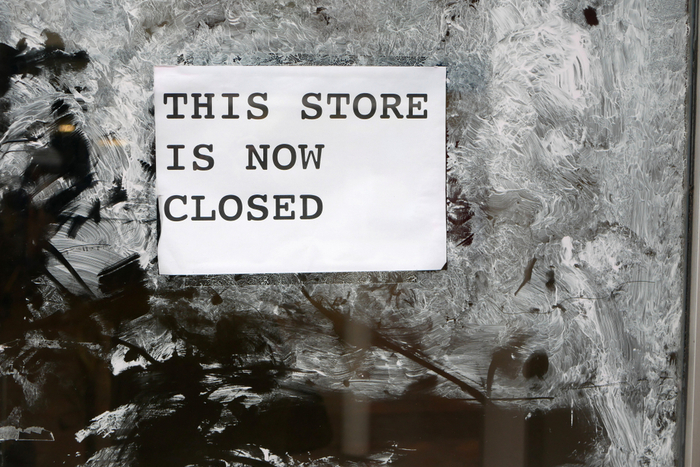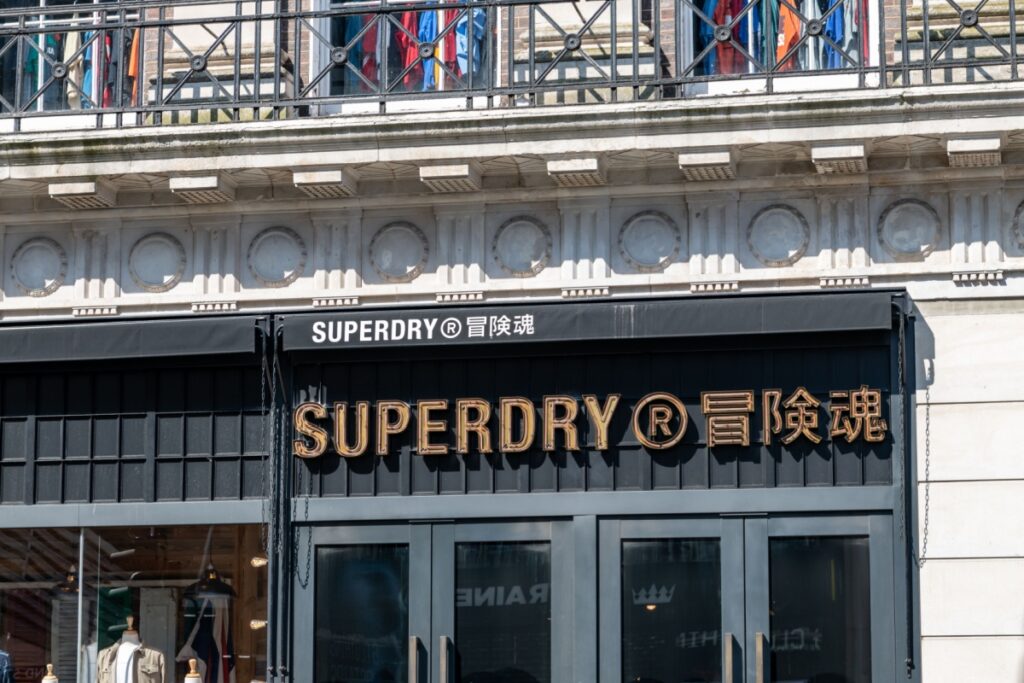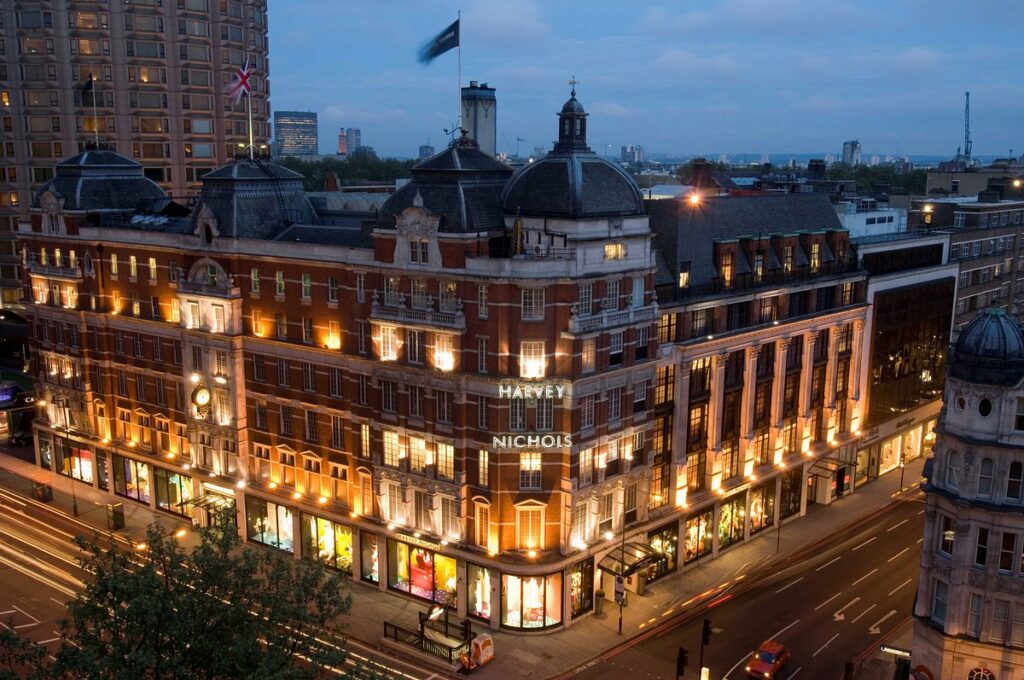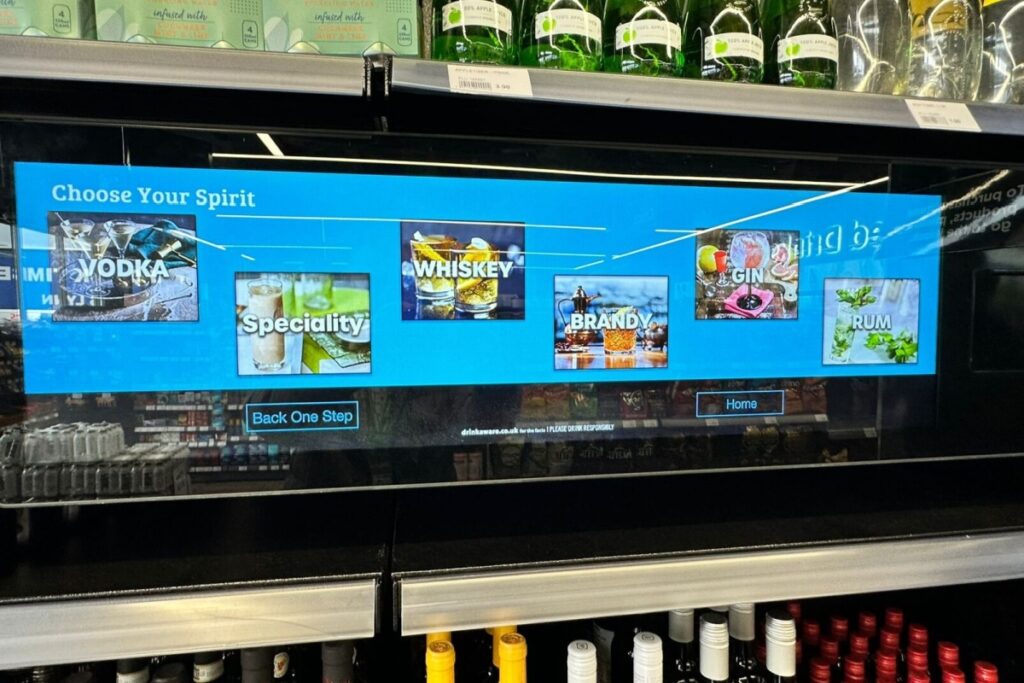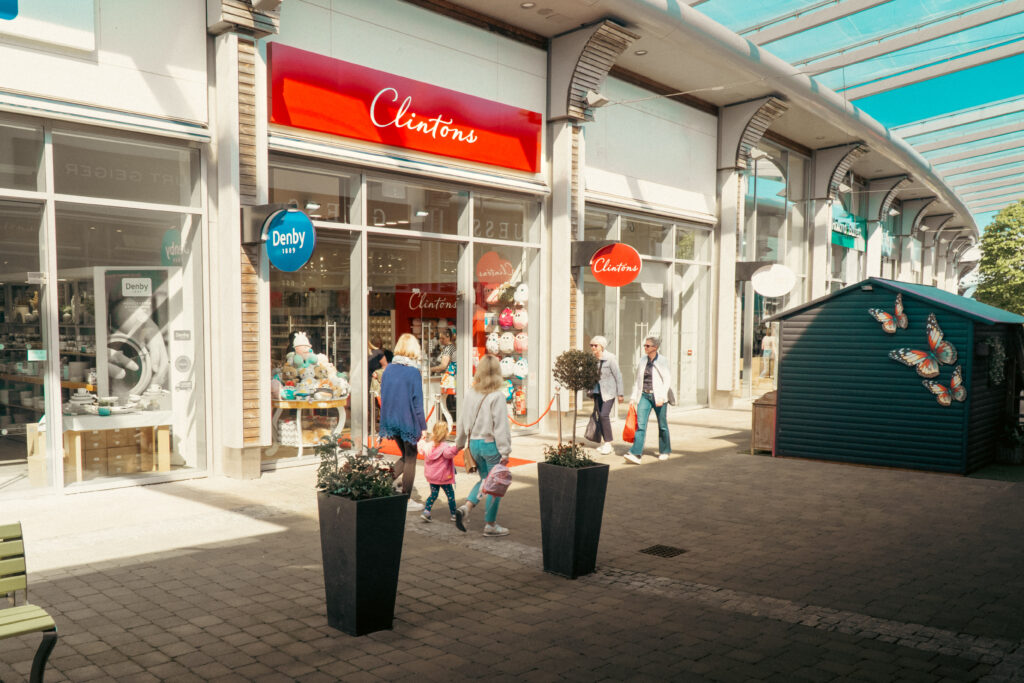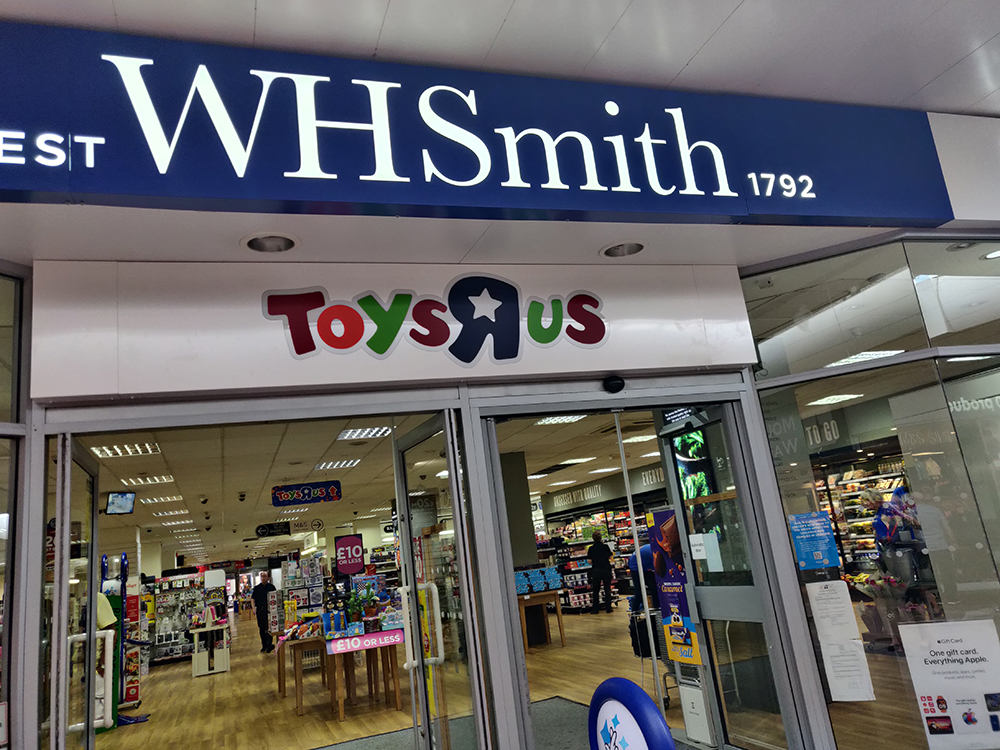Earlier this week it was reported that retail insolvency numbers had all but trampled figures from the height of the financial crisis in 2008.
Since the start of the year 10 retailers or restaurant groups have launched a CVA or entered administration. In the entirety of 2008, one of the worst years in retail in recent history, 12 collapsed.
What is a CVA?
A company voluntary agreement or CVA is a process which a struggling business can enter into which allows it to restructure its estate.
This means it can close underperforming stores, negotiate rent reductions with its landlords, restructure its debts and make alterations to its management team while continuing to trade.
A business will only enter into a CVA when the only other likely alternative is to enter administration.
“It’s important to set out that a CVA is an insolvency process,” Richard Fleming of restructuring experts Alvarez & Marshall, who pioneered the use of CVAs in the UK told the Retail Gazette at a breakfast event.
“All they are is an insolvency process where through the power of creditor voting you’re allowed to compromise creditor claims.”
“You can only put forward a CVA if the alternative is likely to be administration. These businesses are hold below the water line when they’re doing this. There is something significantly wrong with these businesses.”
“We’re not seeing healthy retailers go through a CVA… the reality is this is one option you have to try and save the business.”
Do they work?
CVAs alone cannot fix a struggling business, rather they provide an opportunity for it to take stock, rethink its strategy and rejig its operations so it can have another go before collapsing entirely.
For a CVA to succeed the retailer needs a few things. One is extra capital or debt to fund the operational changes that are necessary to return the business to profit.
Perhaps the most important is a decent management team with knowledge of restructuring a failing business.
This is often the most difficult part as generally speaking good talent will jump ship when the warning signs appear, and it is very difficult to recruit to a company going through an insolvency process.
With poor management remaining in the business, changing the business within the short window a CVA allows becomes increasingly less likely, as they are the ones responsible for getting the business in the poor position in the first place.
Fleming says that when changes are not made, any amount of extra funding does not matter.
Referring to JJB Sports, which which entered into a CVA in 2012, he said: “A month after the CVA the business went to the market and raised £100 million, it did it again and raised £30 million. Blacks Leisure went to the market within a month after its CVA and raised £25 million. Those businesses still failed.”
“It had massive shareholder backing, they had a turnaround plan, they bolstered management, but management weren’t able to help execute on it. People still get it wrong.
“The CVA in itself does not fix the business, all it does is give you the ability to resize the portfolio.”
“I’ve yet to see a business go through a CVA and come out and challenge Marks & Spencer, I just don’t think that exists.”
So, although CVAs give companies a second chance at returning to profit, they tend fail for the same reasons they enter into insolvency for in the first place.
Why are we seeing so many?
When a retailer is faced with dire financial circumstances there are generally two available options: entering administration or entering into a CVA.
Shareholders, management, suppliers, employees and landlords will all favour the latter.
“In the main, shareholders prefer them because what the CVA does is promote the survival of the legal entity itself,” Fleming said.
“A lot of CVAs go through, we’ve never had a CVA that hasn’t had more than 95 per cent creditor approval to go through.”
Management and employees will prefer it because they get to keep their jobs.
Suppliers will prefer a CVA to administration as they have a much better chance of getting money owed to them.
Landlords will prefer a CVA, even at a reduced level of rent, as it is better than filling a vacant lot at short notice, causing the landlord to put their hand in their pocket.
The reasons behind the stark rise in retailers reaching the point of insolvency are more complex, and have been piling up in recent years, stretching the margins of retailers not able or not willing to move fast enough to breaking point.
These include the double whammy of rising business rates and rising wages. Consumer confidence has also dropped to its lowest point in four years, while credit card debt is also at a 12-year high.
The Brexit vote has also had a huge effect on the industry, increasing import costs, making the economic outlook entirely opaque. It is also starting to have a substantial effect on labour, as retail relies heavily on living wage workers from abroad, who are now reluctant to take jobs in the UK.
Amazon and online retail have also rapidly eaten away at traditional retailers market share, while bricks and mortar retailers are faced with long, inflexible and costly leases of 15 – 50 years on their properties.
“I think you’ve got at least another 12 months of significant upheaval and restructuring in the sector,” Fleming warned.
Click here to sign up to Retail Gazette‘s free daily email newsletter

